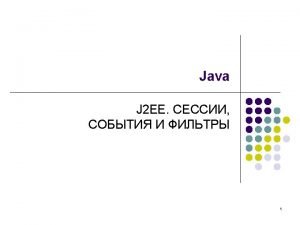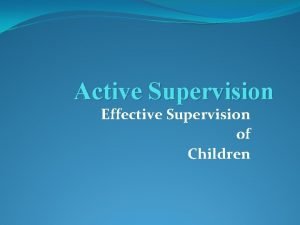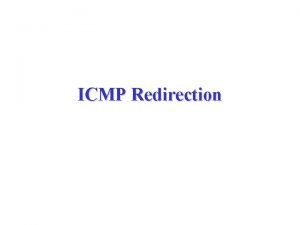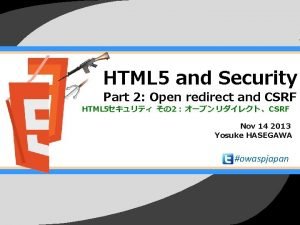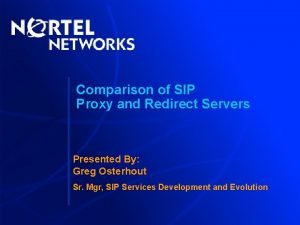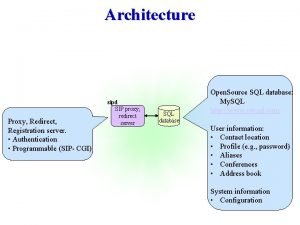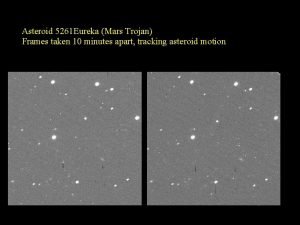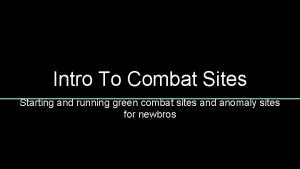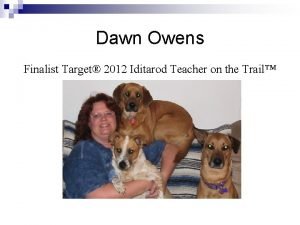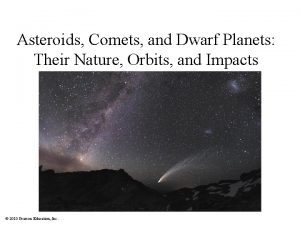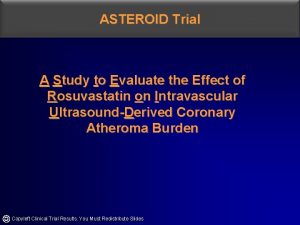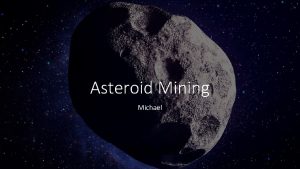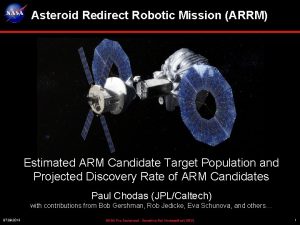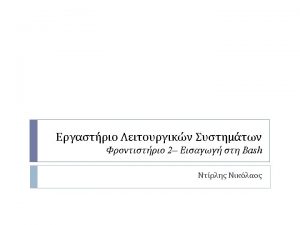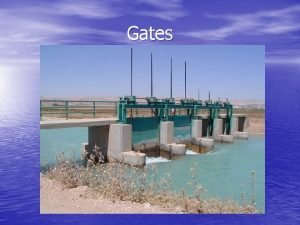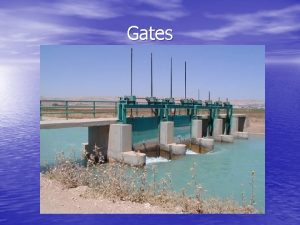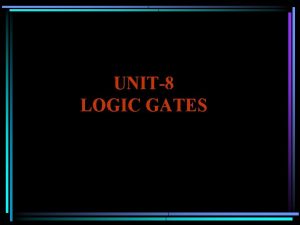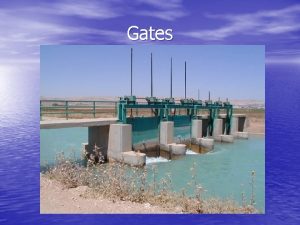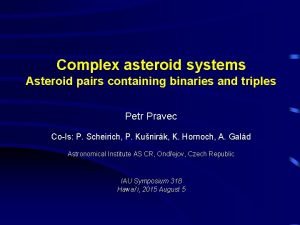Asteroid Redirect Mission and Human Exploration Michele Gates












- Slides: 12

Asteroid Redirect Mission and Human Exploration Michele Gates Human Exploration and Operations Mission Directorate

Leveraging Capabilities for an Asteroid Mission • NASA is aligning key activities in Science, Space Technology, and Human Exploration and Operations Mission Directorates – Asteroid identification and characterization efforts for target selection – Solar electric propulsion for transport to and return of the target asteroid – Autonomous guidance and control for proximity operations and capture – Orion and Space Launch System (SLS) missions for asteroid rendezvous – Technologies for astronaut extra-vehicular activities • Each individual activity provides an important capability in its own right for human and robotic exploration • We are working to utilize all of these activities to – Identify and redirect a small asteroid to a stable orbit in the lunar vicinity; and – Investigate and return samples with our astronauts using the Orion and SLS assets. • The FY 14 budget supports continued advancement of the important individual elements and furthers the definition of the overall potential mission. 2

Overall Mission Consists of Three Main Segments Identify Redirect Notional Explore Notional Asteroid Identification Segment: Asteroid Redirection Segment: Asteroid Crewed Exploration Segment: Ground and space based NEA target detection, characterization and selection Solar electric propulsion (SEP) based robotic asteroid redirect to trans-lunar space Orion and SLS based crewed rendezvous and sampling mission to the relocated asteroid 3

Decision & Engagement Strategy FY 2013 Studies & Trades Asteroid Detect and Characterize Segment Asteroid Redirect Segment Orion & SLS Crewed Asteroid Exploration Segment Industry Mission MFR and Open Ideas Risk and Partner Event Programmatic Day, International, RFI release Feasibility. Industry, Science Studies & Trades 2016 2017 Mission Concept Baseline PS-2 SST Studies & Trades 2015 2014 SBAG Wkshp Final target selection Robotic Spacecraft Baseline Robotic Mission Design Final Blue Sky On Capture Mechanism First flight of Orion Crewed Segment Baseline Mission Launch & SEP Demo EM-1: Uncrewed Orion test beyond the Moon 4

Reference Robotic Mission Design Executive Summary 1. Launch (2 Options) 1 a. Atlas V – Low Thrust Spiral to Moon 4. Low Thrust Trajectory with Asteroid to Earth-Moon System 5. Lunar Flyby to Capture 6. Low Thrust Trajectory to Storage Orbit 1 b. SLS or Falcon Heavy – Direct Launch to Moon or to Asteroid 3. Low Thrust Trajectory to Asteroid 2. Lunar Flyby to Escape (If Needed) 7. Orion Rendezvous 5

Explore: Orion Mission Overview Deliver Crew in Orion Attach Orion to robotic spacecraft Return crew safely to Earth with asteroid samples in Orion Perform Extra- Vehicular Activity (EVA) to retrieve asteroid samples 6

Nominal Orion Mission Summary § Entry Interface LEO Departure Outbound Flight Time 10 days Return Flight Time 6 days DRO Departure Distant Retrograde Orbit (DRO) LGAs Stay in DRO Arrival Rendezvous time: 1 day DRO Stay time: 5 days Outbound Flight Day 1 – Launch/Trans Lunar Injection FD 2 -FD 5 – Outbound Trans-Lunar Cruise Flight Day 6 – Lunar Gravity Assist (LGA) FD 7 -FD 9 – Post LGA to DRO Cruise § Joint Operations with Robotic Spacecraft Flight Day 10 – Rendezvous/Grapple Flight Day 11 – EVA #1 Flight Day 12 – Suit Refurbishment, EVA #2 Prep Flight Day 13 – EVA #2 Flight Day 14 – Contingency Day/Departure Prep Flight Day 15 – Departure from DRO • Inbound Flight Day 16 – DRO to Lunar Cruise Flight Day 17 – Lunar Gravity Assist FD 18 -FD 21 – Inbound Trans-Lunar Cruise Flight Day 22 – Earth Entry and Recovery Note: Mission Duration Varies From 22 -25 Days 7

Notional EVA Operations From Orion • • • Two EVAs executed from Orion Crew translates from Orion to robotic spacecraft EVA Tool box prepositioned on robotic spacecraft Telescoping booms pre-stowed on robotic spacecraft Crewmember stabilized on portable foot restraint for worksite Loops available on capture mechanism for additional stabilization 8

Notional Design for EVA: Robotic Spacecraft Translation Boom and Attach Hardware • Translation from Orion to spacecraft • Translation from spacecraft to capture device bag for asteroid access Hand Rails • Translation path from aft end of spacecraft to capture device • Ring of hand rails around spacecraft near capture device EVA Tether Points • Hand-over-hand translation • Temporary restraint of tools • Management of loose fabric folds Pre-positioned EVA Items • Tool box to offset mass in Orion • Two additional translation booms 9

Asteroid Mission Supports Long-Term Human Mars Exploration Strategy • Demonstration of Core Capabilities for deep space missions: – Block 1 SLS, Orion – 40 k. W Solar Electric Propulsion System – EVA, rendezvous, proximity operations, docking or grapple, deep space navigation and communications – Human operations and risk management beyond low earth orbit – Sample acquisition, caching, storage operations, and crew transfer operations for future Lunar/Mars sample return missions • Demonstrates ability to work and interact with a small planetary body: – Systems for instrument placement, sample acquisition, material handling, and testing – Understanding of mechanical properties, environment, and mitigation of hazards 10

Capability Driven Framework

Mars Exploration Capability Build-Up Using Asteroid Redirect Mission and ISS
